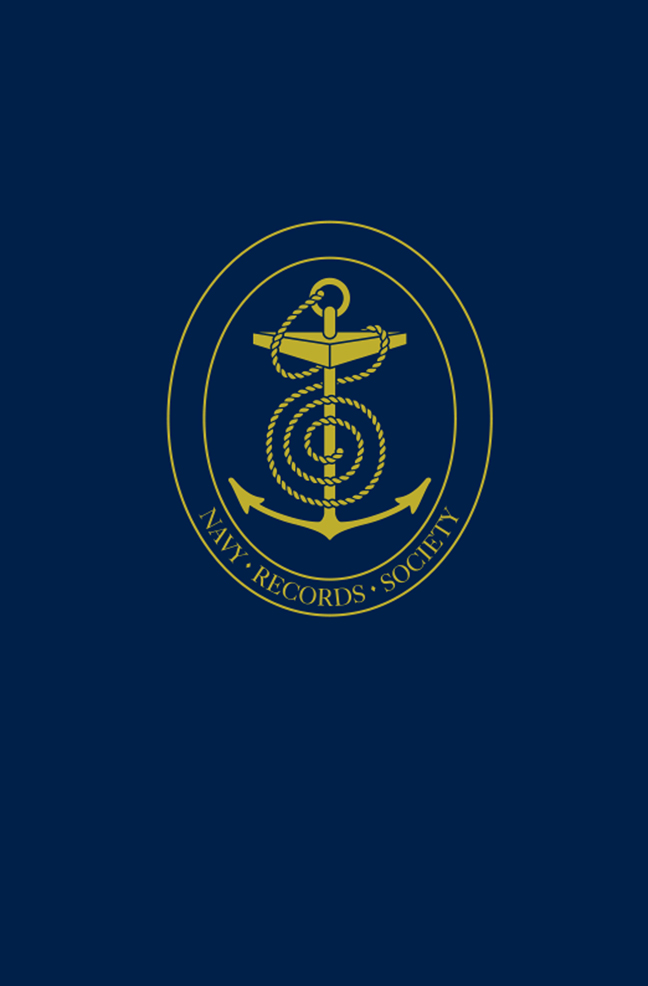Book contents
- Frontmatter
- Dedication
- Contents
- List of Illustrations
- Preface
- Acknowledgements
- Glossary of Abbreviations
- A Brief Bibliography
- Part I The Washington Conference, 1919–1923
- Part II The Geneva Conference, 1922–1927
- Part III The First London Naval Conference, 1927–1930
- Part IV The Second London Naval Conference, 1930–1936
- Part V The Sailors Meet, 1919–1939
- Part VI Edging towards an Alliance, 1937–1939
- Documents and Sources
- Index
- Miscellaneous Endmatter
Part I - The Washington Conference, 1919–1923
Published online by Cambridge University Press: 05 March 2024
- Frontmatter
- Dedication
- Contents
- List of Illustrations
- Preface
- Acknowledgements
- Glossary of Abbreviations
- A Brief Bibliography
- Part I The Washington Conference, 1919–1923
- Part II The Geneva Conference, 1922–1927
- Part III The First London Naval Conference, 1927–1930
- Part IV The Second London Naval Conference, 1930–1936
- Part V The Sailors Meet, 1919–1939
- Part VI Edging towards an Alliance, 1937–1939
- Documents and Sources
- Index
- Miscellaneous Endmatter
Summary
On 21 November 1918, the American Admiral William S. Sims stood on the quarterdeck of the dreadnought USS New York, flagship of an American force under Rear Admiral Hugh Rodman, US Navy, which had constituted the 6th Battle Squadron of the Grand Fleet. From that viewpoint Sims watched the German High Seas Fleet steam to Scapa Flow to surrender to Admiral Sir David Beatty and his Grand Fleet. This suggests an intimacy in Anglo-American naval relations, forged by wartime collaboration since April 1917, and in truth there was a sense of warmth between the two English-speaking navies from which Britain's other allies were excluded, less by deliberate policy than by cultural difference.
Sims’ account of the wartime relationship, however, reveals an Anglophilia not shared by other American officers, who were highly critical of the Royal Navy's lack of a formal Admiralty staff and its supposed inability to conduct offensive operations against the Imperial German Navy. To a certain extent, these criticisms were valid, though Americans lacked an appreciation of the realities of the situation and approached maritime warfare with a rather inflexible doctrine. There were, however, deeper and darker issues separating the two navies. The rise and rise of the United States Navy in the wartime years had a double impetus – that nation's burgeoning economic strength, greatly accelerated by wartime trade with, and financing of, Britain and her allies, which led to a soaring national pride and expanded moral, strategic and commercial horizons; and the call of the normally pacific President Woodrow Wilson, angered by British blockade policy and determined to curb it (and regain the domestic political initiative), for the US Navy to be ‘incomparably the greatest in the world’. Will and means were thus united in 1916 and a programme launched that would enable the US Navy to match the Royal Navy in strength by 1919.
American performance was disappointing in terms of wartime construction but, from 1919 to 1922, a vast fleet of dreadnoughts, carriers, destroyers, submarines, submarine chasers and other auxiliaries was turned out. Moreover, America's hitherto minuscule mercantile marine was considerably enhanced, a powerful post-war challenge to the Red Ensign's global dominance.
- Type
- Chapter
- Information
- Anglo-American Naval Relations, 1919-1939 , pp. 1 - 56Publisher: Boydell & BrewerFirst published in: 2024

